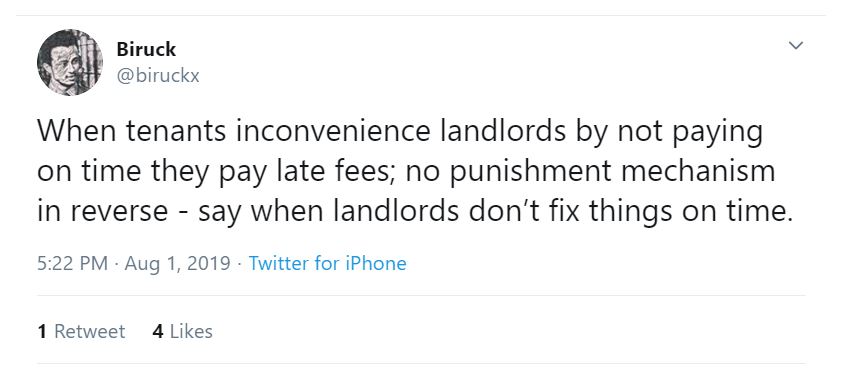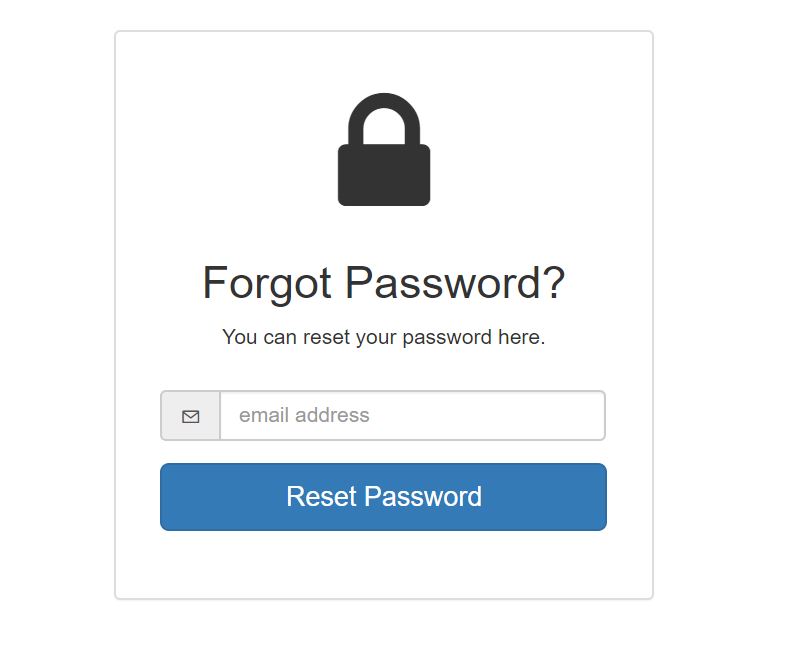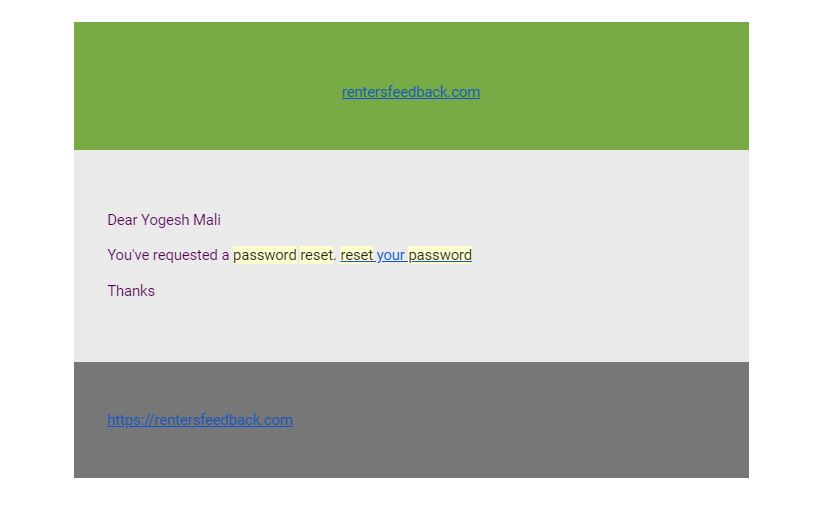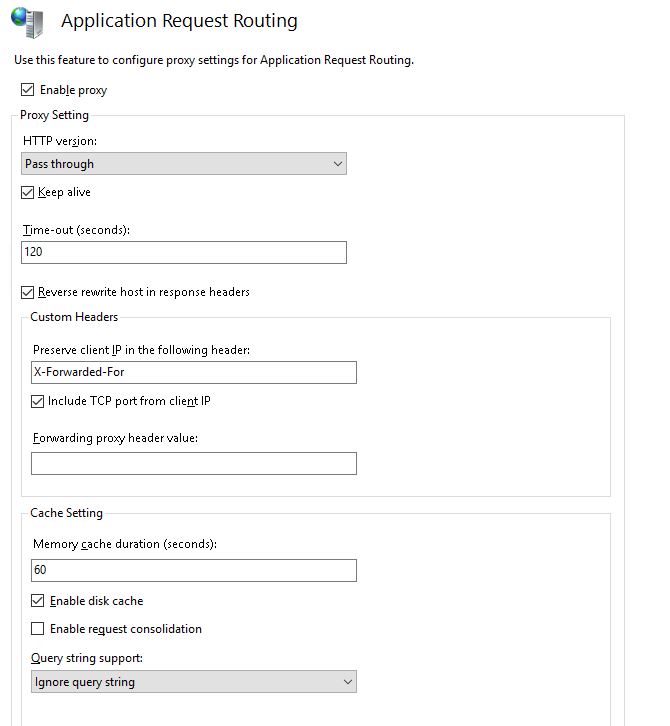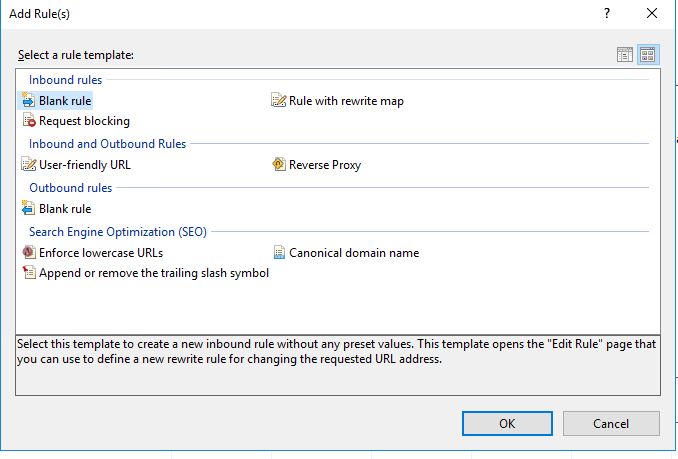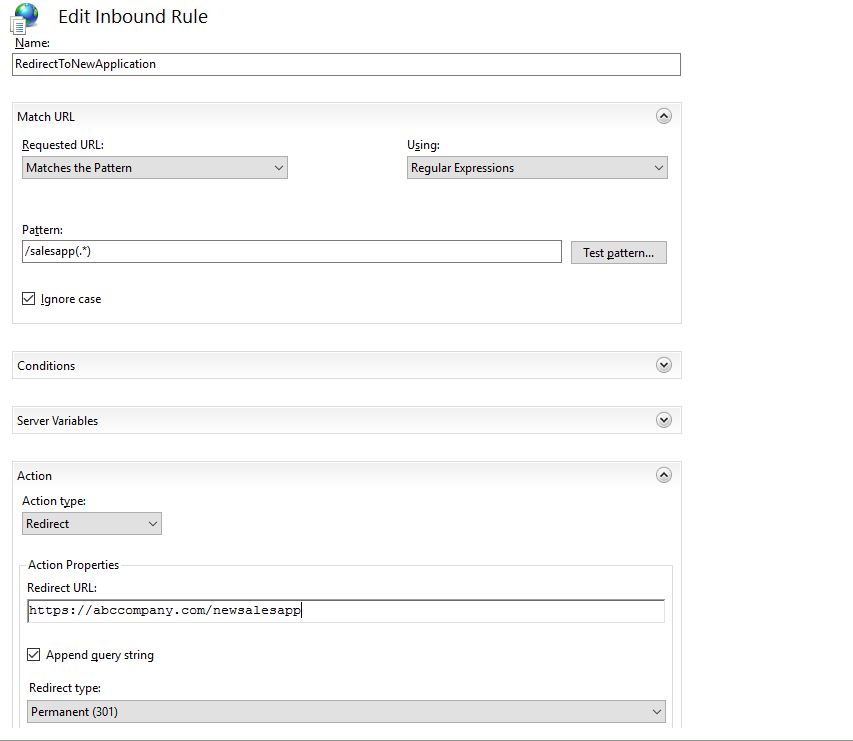As a developer, we make different choices based on what is available to us and what we know. But are those choices always better? They may not or they may. It really depends. In this post, I describe the techstack framework that I used to build Renters Feedback.
You can read my post, how I came up with an idea to build an application for renters feedback.
I wanted to describe the process of the choices I made to choose a tech stack framework for building the application. Considering my expertise in Spring Boot, it was a default choice to use to build this application. There are other factors I took into account like the ease of coding, ease of deploying as a microservice-based application in the cloud, and docker.

Development Framework For Renters Feedback
For developing the application, my focus was on the re-usability of code. Since I have written few applications as part of this blog using Spring Boot, there was authentication, login forms, sign up forms, most of that code was readily available. One thing I have to think through for RentersFeedback was database modeling.
Database Framework for Renters Feedback
For developing a database based application, I used mysql as a development database. In production, I changed that to postgresql .
Why database change?
Heroku support for mysql wasn’t straightforward, so I preferred what was available by default and it was postgresql. I have to do a few changes to mysql scripts. I could have automated these scripts through liquibase, but I preferred not to for the first version of the product. In the future, when I plan to add more changes to the database model, I will add liquibase-based scripts.
Authentication Scheme
There were some questions about why a user needs to login on a RentersFeedback website. Well, someone has to post those reviews before people can browse it. You need to login if you want to post a review.
The easiest choice was to have form-based login even though it is getting old and not safe. I still feel most users would use email to login. User passwords are stored in an encrypted and hashed format in the database.
Another mechanism, I decided to add, was OAuth2 OpenId protocol by using Google API for the same. It was easy to implement and something I have expertise in.
I could add other social logins, but I prefer to keep it simple and if the need arises, I will add those logins in the future.
Using Google API, made me use Redis Cache. I wasn’t planning to use cache since the application is still in nascent stages, but now it is there, so future scaling would be easier from a performance perspective.
User Interface
The user interface was built using Spring Boot provided thymeleaf templates along with Twitter’s Bootstrap CSS library and javascript library. For the search feature, I have used javascript library of Google search APIs.
After deploying the application on Heroku, I came across a few issues about having forms available publicly. To avoid spams, I will be adding Captcha on those forms. I will show how to use reCaptcha APIs in the next post.
To allow users to reset the password, I have used Spring Boot Email system. This was an easy implementation once you know how the forgot your password flow works.
Deployment Environment
I used Heroku to deploy my application. Heroku has great documentation. It’s very easy to sync up with your GitHub repository. So if you push your changes to GitHub, it will sync up to build and deploy on Heroku.
Questions
Choosing the right tech stack framework for your application can be a difficult task if you are a beginner. Since I have experience in building applications, choosing this techstack framework for Renters Feedback was a straightforward choice. If you have any questions about implementation, why I used certain technology, and how it can be improved, you can post a comment on this blog and I will answer those questions.
